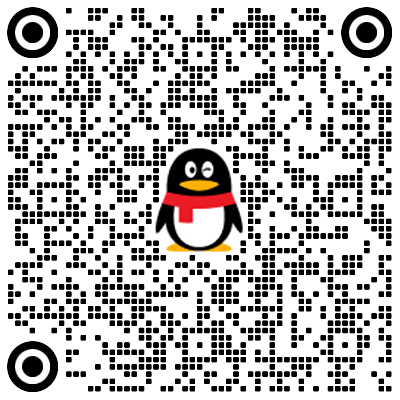LeetCode 141. 环形链表 [Hot 100] —— 龟兔赛跑算法
简单
给你一个链表的头节点 head ,判断链表中是否有环。
如果链表中有某个节点,可以通过连续跟踪 next 指针再次到达,则链表中存在环。 为了表示给定链表中的环,评测系统内部使用整数 pos 来表示链表尾连接到链表中的位置(索引从 0 开始)。注意:pos 不作为参数进行传递 。仅仅是为了标识链表的实际情况。
如果链表中存在环 ,则返回 true 。 否则,返回 false 。
方法一:哈希表
/**
* Definition for singly-linked list.
* class ListNode {
* int val;
* ListNode next;
* ListNode(int x) {
* val = x;
* next = null;
* }
* }
*/
public class Solution {
public boolean hasCycle(ListNode head) {
Set<ListNode> set = new HashSet<>();
while (head!=null) {
if (set.contains(head)) return true;
set.add(head);
head=head.next;
}
return false;
}
}方法二:快慢指针算法
public class Solution {
public boolean hasCycle(ListNode head) {
if (head == null || head.next == null) {
return false;
}
ListNode slow = head;
ListNode fast = head.next;
while (slow != fast) {
if (fast == null || fast.next == null) {
return false;
}
slow = slow.next;
fast = fast.next.next;
}
return true;
}
}龟兔赛跑算法(Floyd判圈算法)
龟兔赛跑算法(Floyd's Cycle-Finding Algorithm),也称为快慢指针算法,是一种用于检测链表中环的存在并找到环起点的经典算法。
算法原理
1. 检测环的存在
public boolean hasCycle(ListNode head) {
if (head == null || head.next == null) {
return false;
}
ListNode slow = head; // 乌龟,每次走一步
ListNode fast = head; // 兔子,每次走两步
while (fast != null && fast.next != null) {
slow = slow.next; // 乌龟走一步
fast = fast.next.next; // 兔子走两步
if (slow == fast) { // 相遇说明有环
return true;
}
}
return false; // 兔子走到尽头说明无环
}2. 找到环的起点
public ListNode detectCycle(ListNode head) {
if (head == null || head.next == null) {
return null;
}
ListNode slow = head;
ListNode fast = head;
boolean hasCycle = false;
// 第一阶段:检测环
while (fast != null && fast.next != null) {
slow = slow.next;
fast = fast.next.next;
if (slow == fast) {
hasCycle = true;
break;
}
}
if (!hasCycle) return null;
// 第二阶段:找到环起点
slow = head; // 乌龟回到起点
while (slow != fast) {
slow = slow.next; // 两者都每次走一步
fast = fast.next;
}
return slow; // 相遇点即为环起点
}数学证明
为什么能检测环?
- 如果无环:兔子会先到达终点(null)
- 如果有环:兔子和乌龟最终会在环内相遇
为什么能找到环起点?
设:
- 链表头到环起点距离:
a - 环起点到相遇点距离:
b - 相遇点到环起点距离:
c - 环长度:
L = b + c
当第一次相遇时:
- 乌龟走的距离:
a + b - 兔子走的距离:
a + b + n*L(多绕了n圈)
因为兔子速度是乌龟的2倍:
2(a + b) = a + b + n*L
a + b = n*L
a = n*L - b = (n-1)*L + c所以从链表头和相遇点同时出发,会在环起点相遇。
应用场景
- 检测链表是否有环
- 找到环的起点
- 计算环的长度(相遇后让一个指针不动,另一个走一圈计数)
- 计算链表总长度(环长度 + 非环部分长度)
复杂度分析
- 时间复杂度:O(n)
- 空间复杂度:O(1)(只用了两个指针)
示例
链表:1 → 2 → 3 → 4 → 5 → 3(形成环,环起点是3)
步骤:
1. 龟(1)兔(1) → 龟(2)兔(3) → 龟(3)兔(5) → 龟(4)兔(4) ← 相遇
2. 龟回到起点(1),兔在相遇点(4)
3. 龟(1)→(2),兔(4)→(5)→(3) ← 还没相遇
4. 龟(2)→(3),兔(3)→(4)→(5)→(3) ← 相遇在环起点3龟兔赛跑算法因其优雅的数学原理和高效性,成为处理环形链表的经典算法。
版权申明
本文系作者 @xiin 原创发布在To Future$站点。未经许可,禁止转载。




暂无评论数据